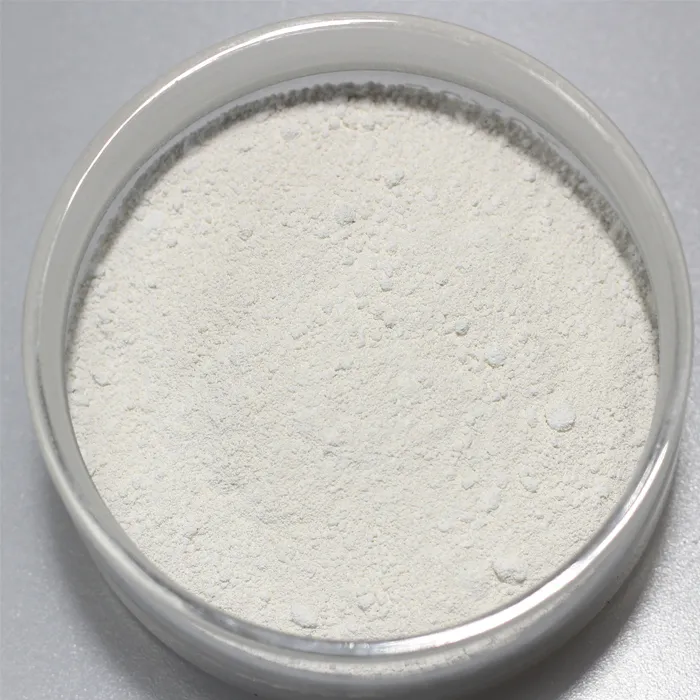The Uses of L-Ornithine L-Aspartate Infusion
L-Ornithine L-Aspartate (LOLA) infusion has gained considerable attention in the medical field, primarily due to its potential benefits in managing conditions related to liver dysfunction and metabolic disorders. This compound is a non-essential amino acid combination of ornithine and aspartate, which plays a crucial role in the urea cycle and amino acid metabolism. Its infusion is being studied for various therapeutic applications, particularly in relation to hepatic encephalopathy, a condition resulting from liver failure.
Mechanism of Action
The effectiveness of LOLA infusion stems from its ability to influence ammonia metabolism. Ammonia is a toxic byproduct of protein metabolism, and its accumulation can occur in patients with compromised liver function. Elevated ammonia levels can lead to hepatic encephalopathy, characterized by neurological disturbances ranging from confusion to coma. LOLA works by facilitating the conversion of ammonia into urea, which can then be safely eliminated from the body through urine. This detoxification process is vital for maintaining cognitive function and overall health in patients with liver impairment.
Clinical Applications
1. Hepatic Encephalopathy The primary indication for LOLA infusion is the treatment of hepatic encephalopathy. Clinical trials have shown that LOLA can effectively reduce ammonia levels in the blood, thereby ameliorating the symptoms of encephalopathy. Patients receiving LOLA infusion often report significant improvements in cognitive function, orientation, and overall quality of life.
2. Support in Liver Cirrhosis Beyond acute episodes of encephalopathy, LOLA has also been studied for its potential benefits in patients with chronic liver cirrhosis. Regular administration of LOLA may help alleviate the cumulative burden of ammonia and other toxins, providing both symptomatic relief and a possible slowdown of disease progression.
l ornithine l aspartate infusion uses

3. Short-term Use in Postoperative Care Some studies have explored the role of LOLA in postoperative patients, particularly those undergoing liver surgery. The infusion may help reduce the risk of postoperative hepatic complications by promoting better ammonia clearance and supporting liver function during the recovery phase.
4. Metabolic Disorders While primarily used in liver-related conditions, research is ongoing into the benefits of LOLA for other metabolic disorders, such as conditions that lead to increased protein catabolism. The infusion may play a role in improving nitrogen balance, which could be beneficial in patients with conditions such as cachexia or severe malnutrition.
Safety and Tolerability
Research has indicated that LOLA is generally well-tolerated when administered intravenously. Some side effects, such as gastrointestinal disturbances or mild allergic reactions, have been reported but are often rare. Clinicians must monitor patients for any adverse reactions during infusion, particularly those with hypersensitivity or underlying medical conditions.
Conclusion
L-Ornithine L-Aspartate infusion represents a promising therapeutic option for managing hepatic encephalopathy and supporting liver function in patients with liver disease. As research continues to unveil the broader implications of LOLA in various metabolic disorders, it is essential for healthcare providers to stay informed about its potential uses and benefits. Overall, LOLA's ability to facilitate ammonia detoxification and improve cognitive outcomes has established it as a valuable tool in modern medicine, particularly for patients with liver dysfunction. Understanding and utilizing this amino acid infusion can significantly enhance patient care and outcomes in hepatic management. Further studies will undoubtedly help clarify its role and broaden its application in clinical practice.

